Classic Cars, Movies, Music, and Other Stuff ...
British cars ruled the roads in Southern Africa just prior to the Japanese takeover. And the British Ford was right in the thick of things then. I’ve already talked about three of them previously. It’s time to look at likely the most successful one of them all. The sensational and fabulous Ford Cortina.
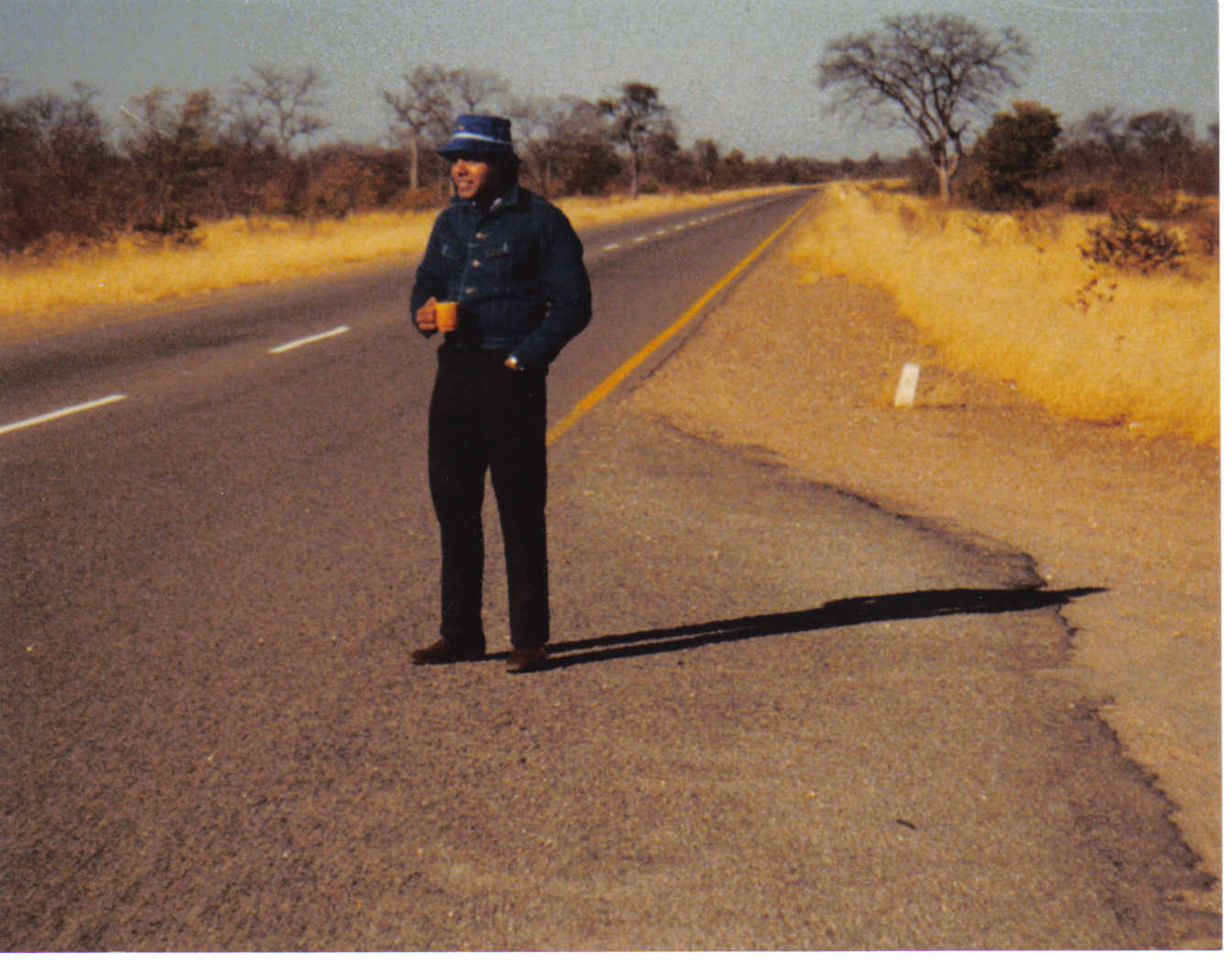
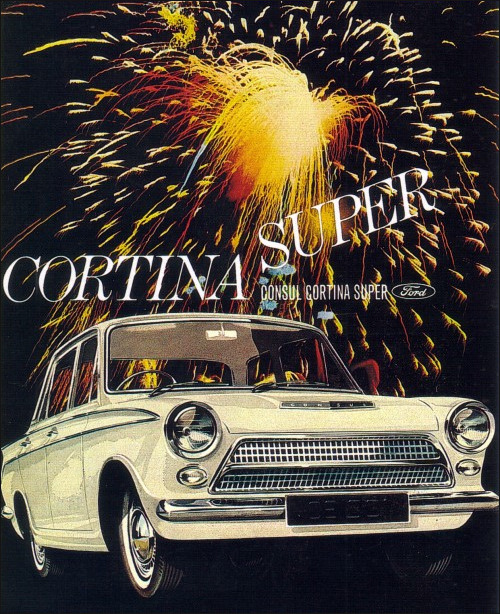
It all starts in September of 1962 when Ford introduces the Consul Cortina to the world. The Ford range of vehicles have served the company well. These include the Popular, Prefect, Anglia, Consul, and the Zephyr. But these looks are beginning to age and Ford needs to update.

The 1960 British Ford Range
The first update is the new Anglia, with a relatively “sharper,” if somewhat quirky, look. Then the Consul Capri and Zephyr. And finally, in September 1962, a new star is born in the Ford stable: The Consul Cortina.
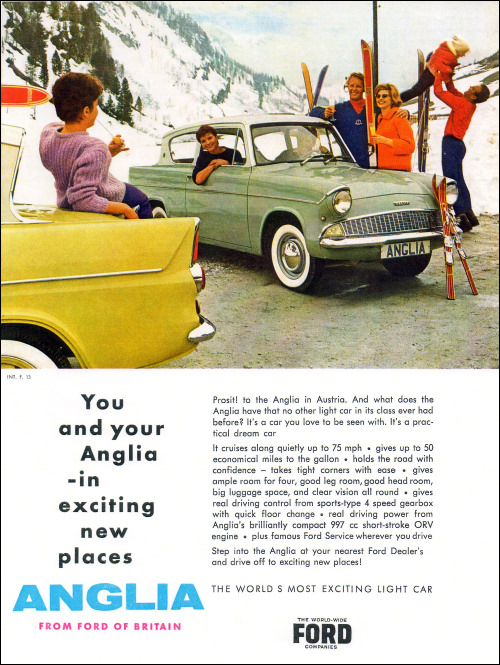
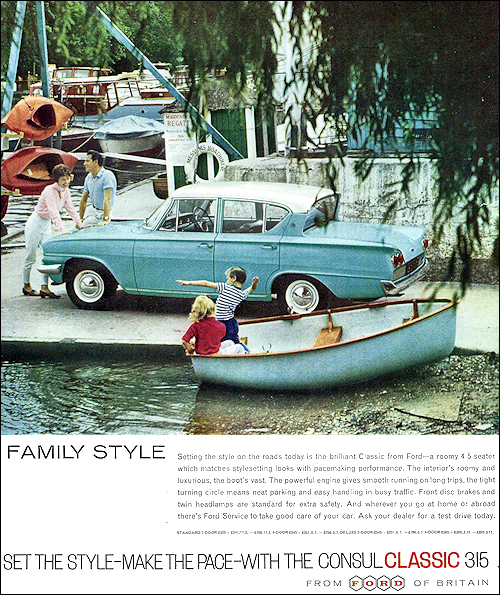
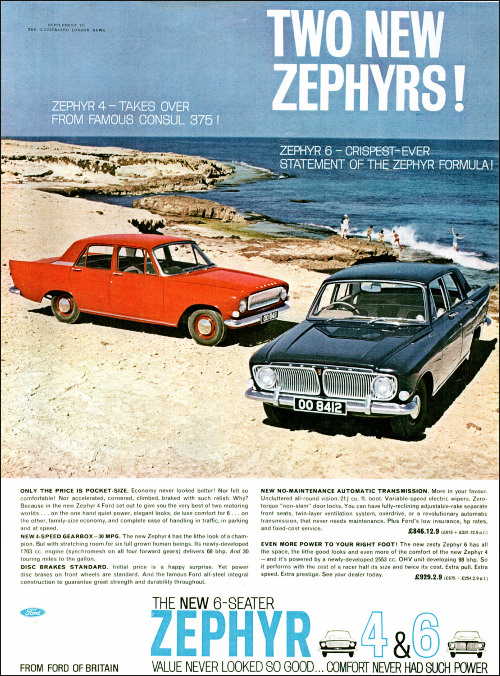

Competition within the British Auto industry is stiff and Ford needs to develop a stylish, updated family car. Interestingly, it’s a Canadian who’s in charge of this project. Roy Brown Jr. had been involved with the ill-fated Ford Edsel, and transferred to the UK Ford division at Dagenham. Disappointed with the Edsel debacle, Roy is determined to succeed on this new project.
Originally code-named “Archbishop,” the new car is named “Cortina” – after the 1956 Winter Olympics venue. The Consul Cortina will be the start of one of most successful Ford family cars.
The Consul Cortina is spacious, light, zippy, with minimal overheads. It’s Inspired from the German Taunus P4. But, unlike the Taunus, the Consul Cortina is rear wheel drive.
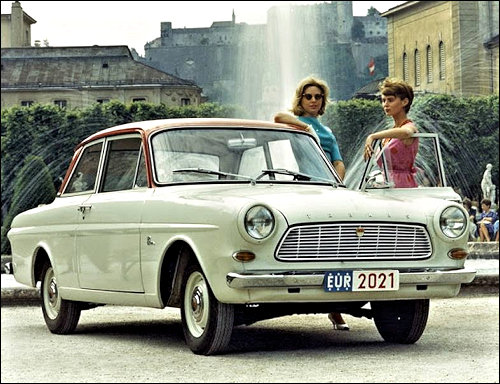
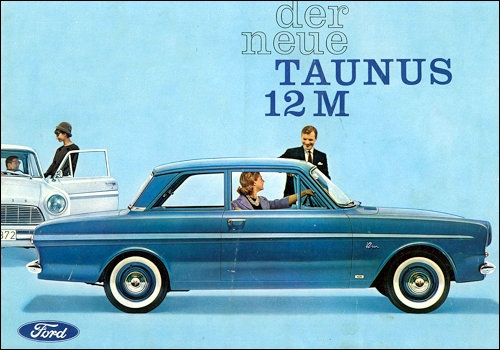
1962 Ford Taunus P4
It is originally offered as Standard or Deluxe with 2/4 doors, powered by an 1198 cc engine. In 1963, Ford releases a 1.5 Liter option as well. The same year, a Super Deluxe version is also released. Eventually the GT and a 5-door station wagon are added.
The Consul Cortina, with its sleek look, a ridge along its side, interesting rear light layout, has a sporty look belying its family car purpose.
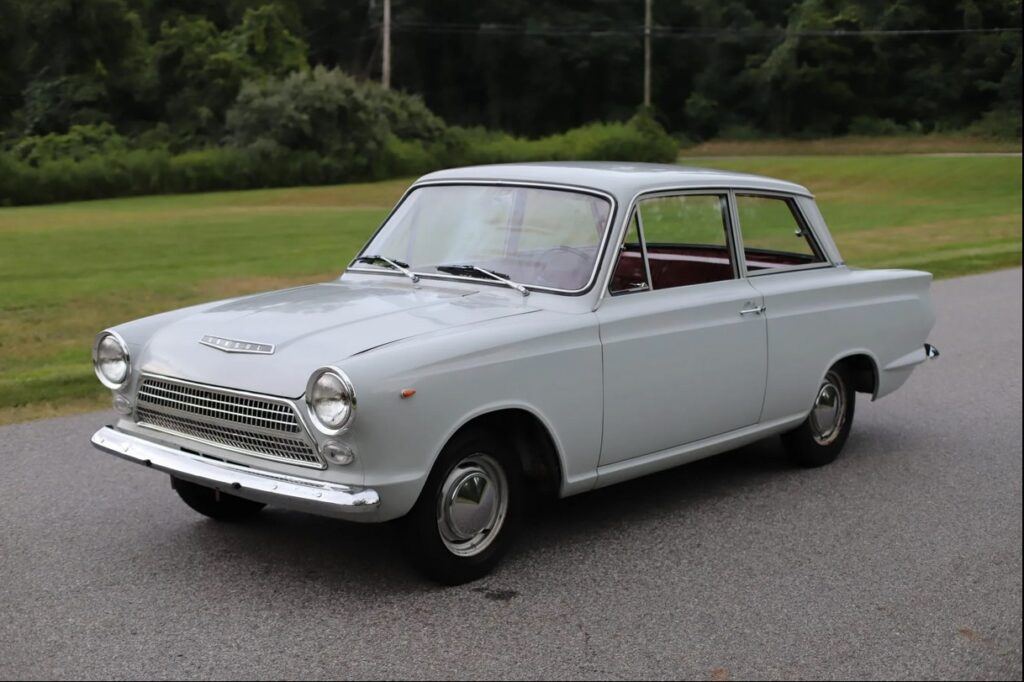
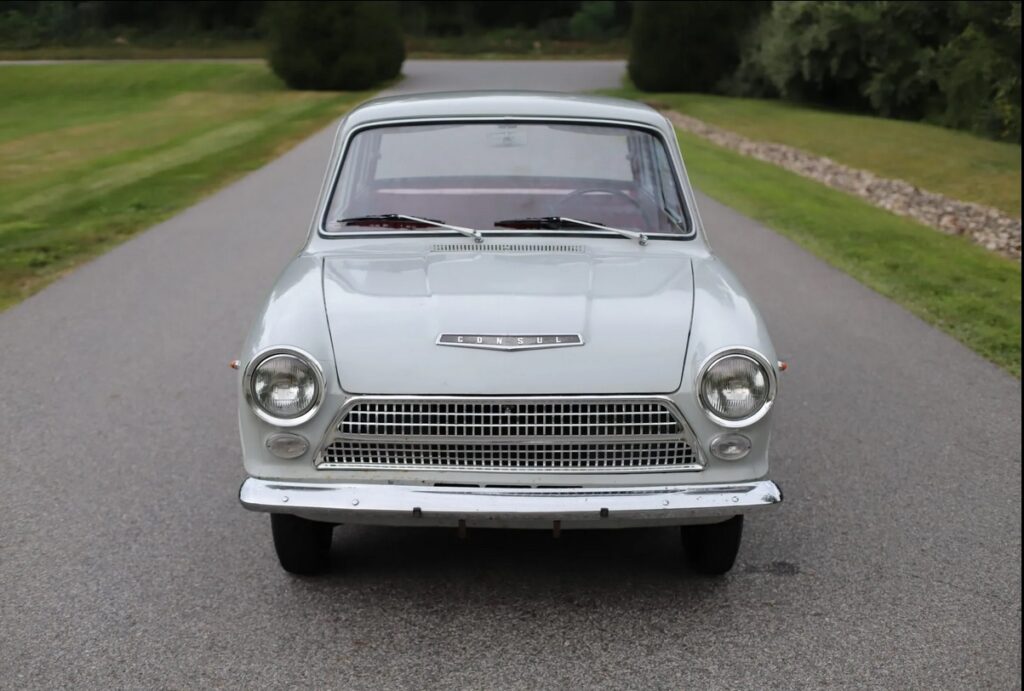
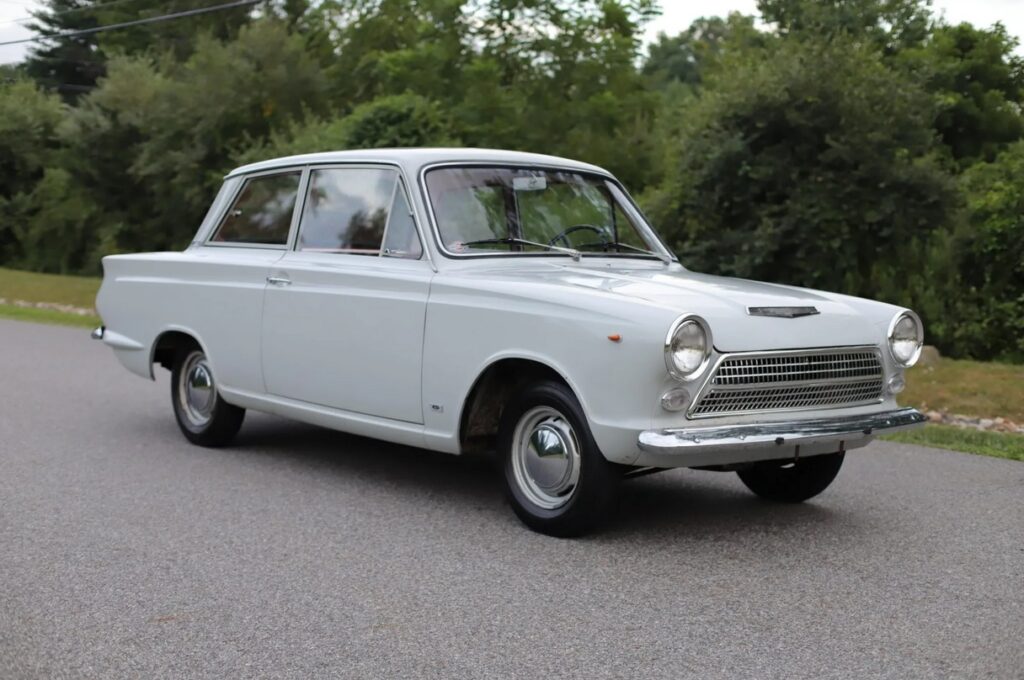
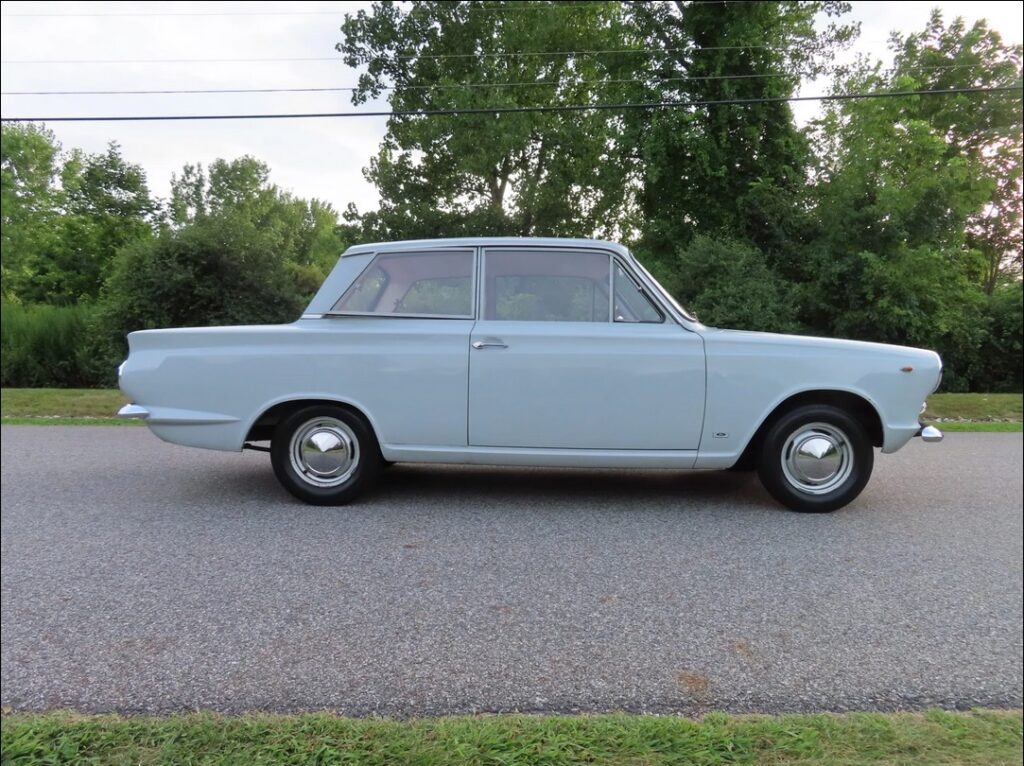
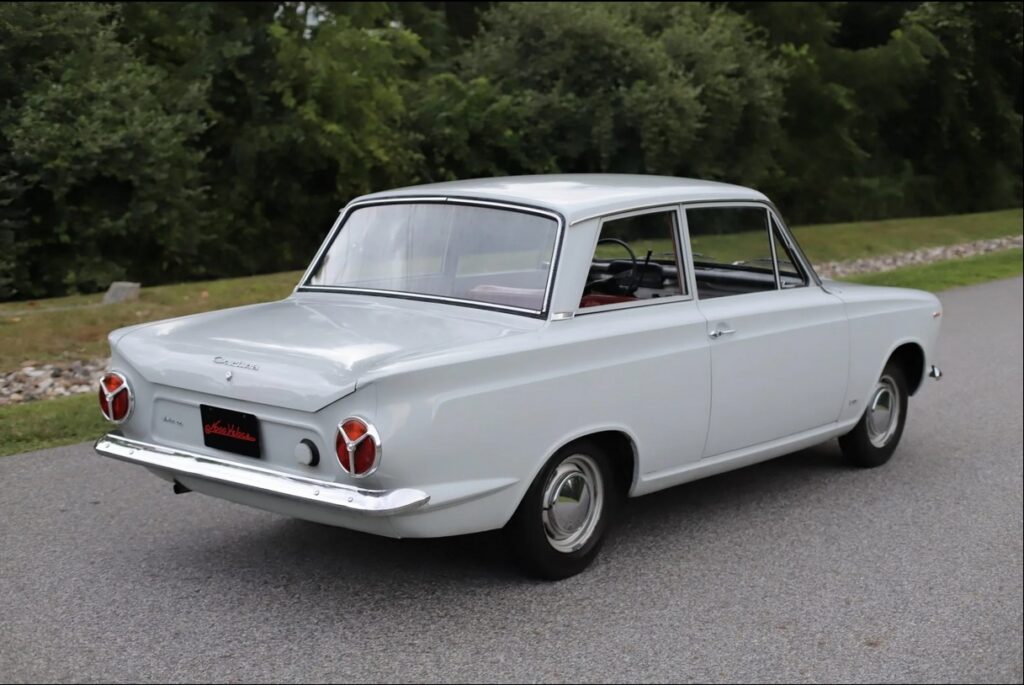
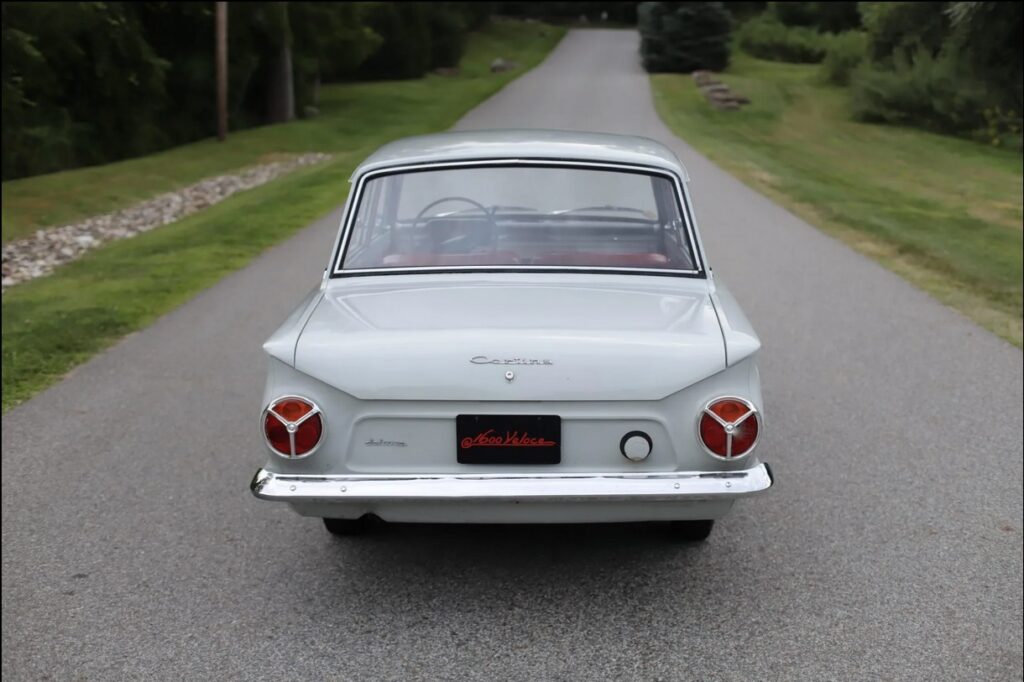
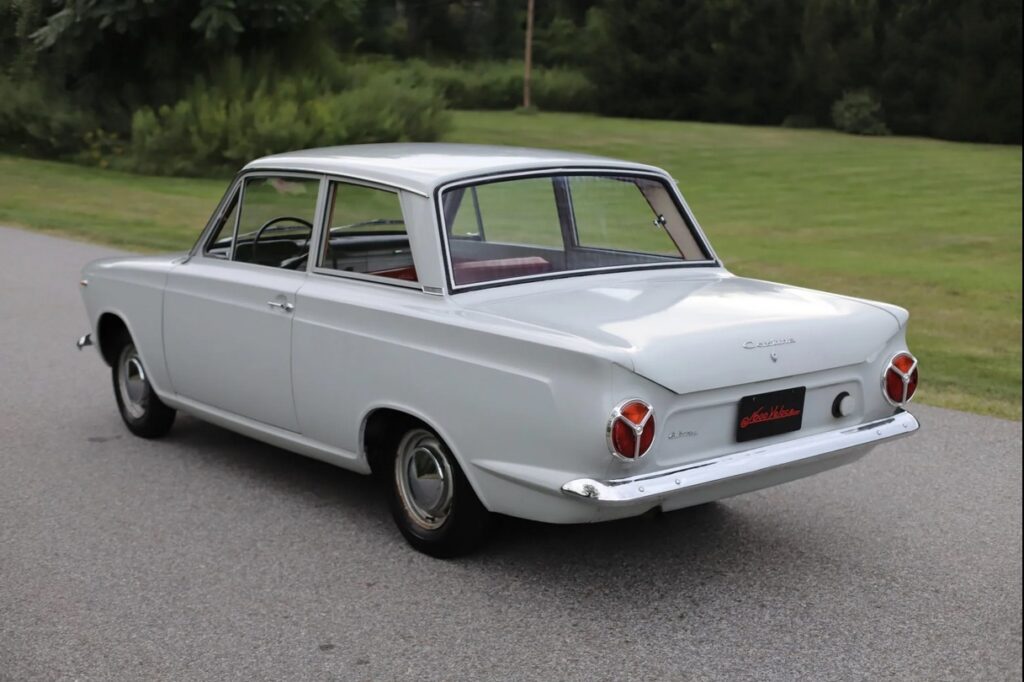
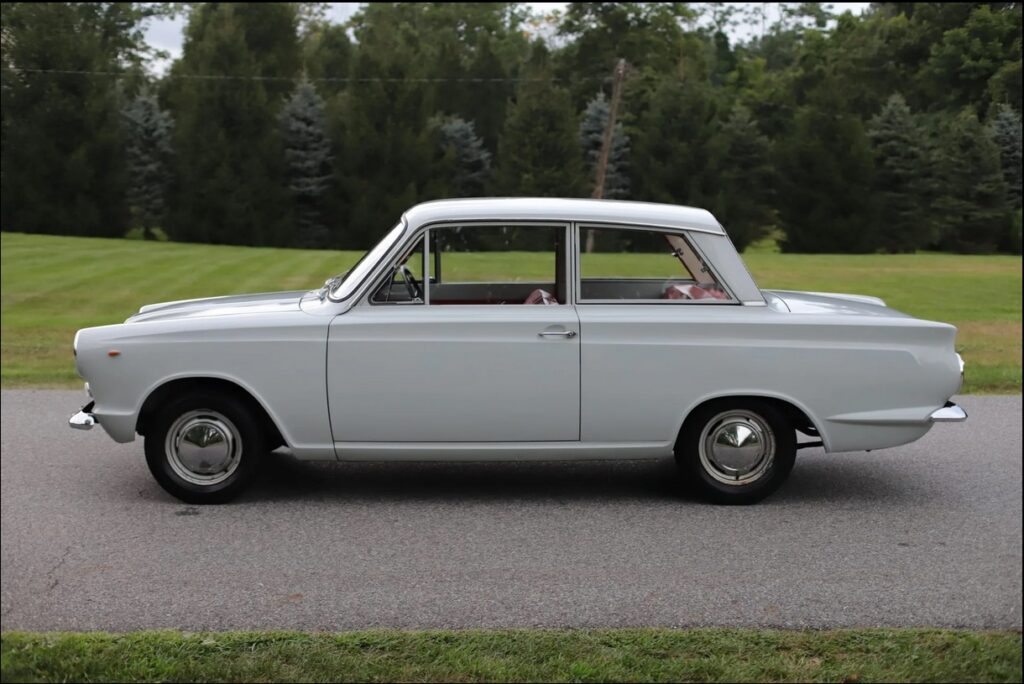
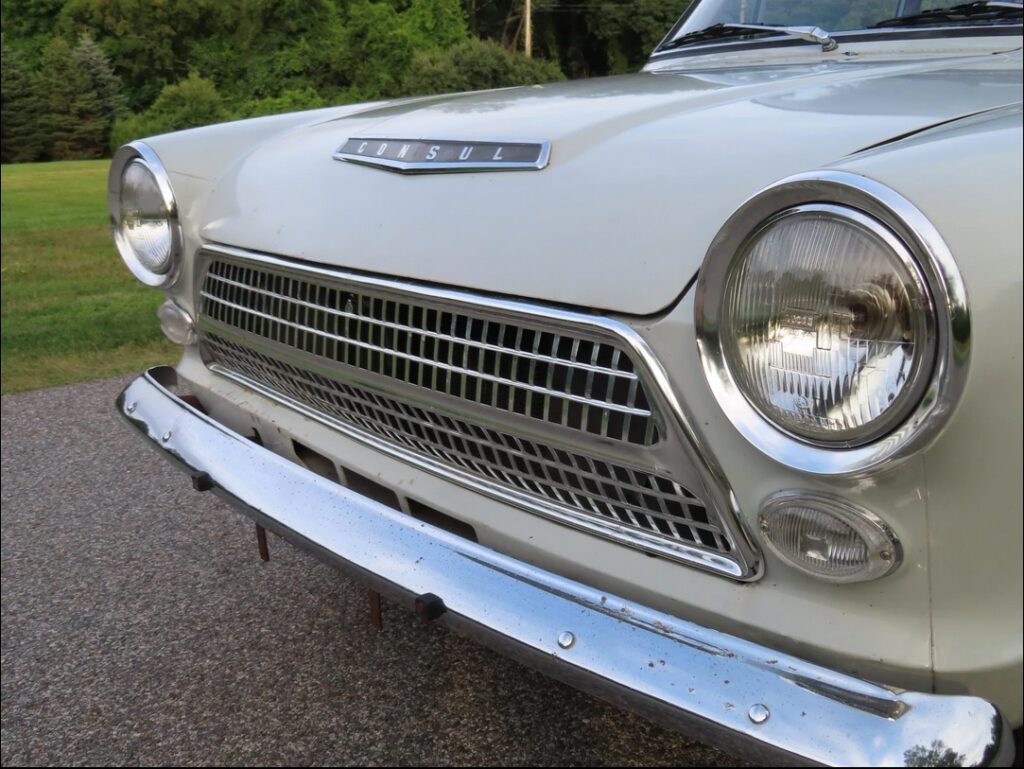
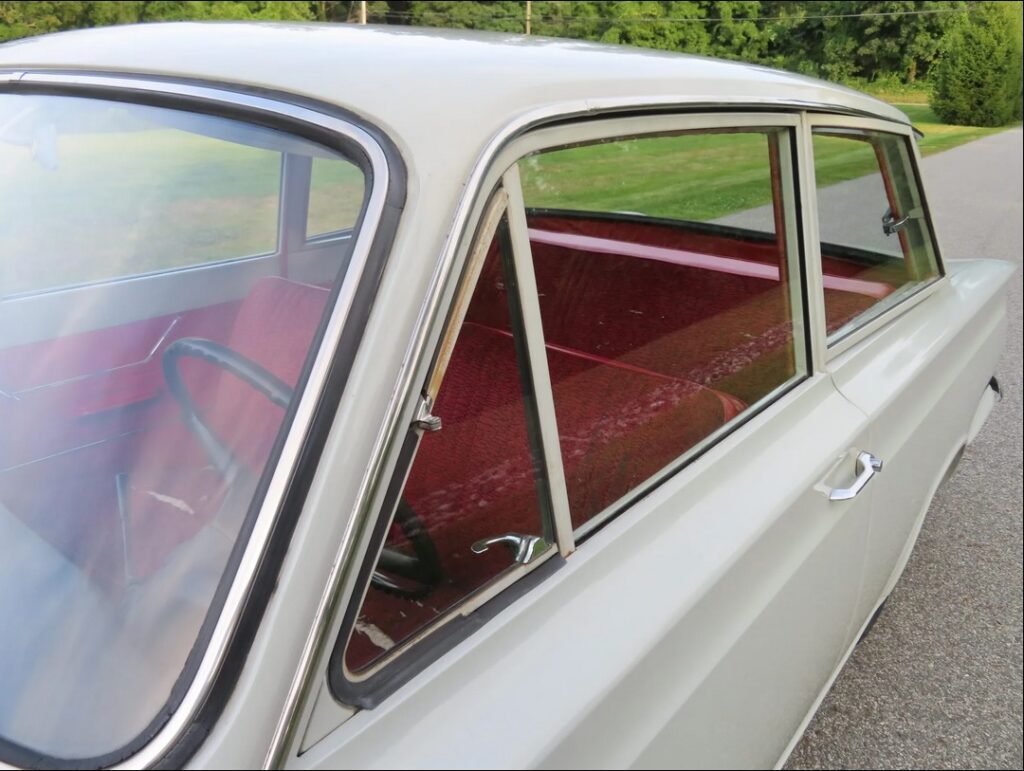
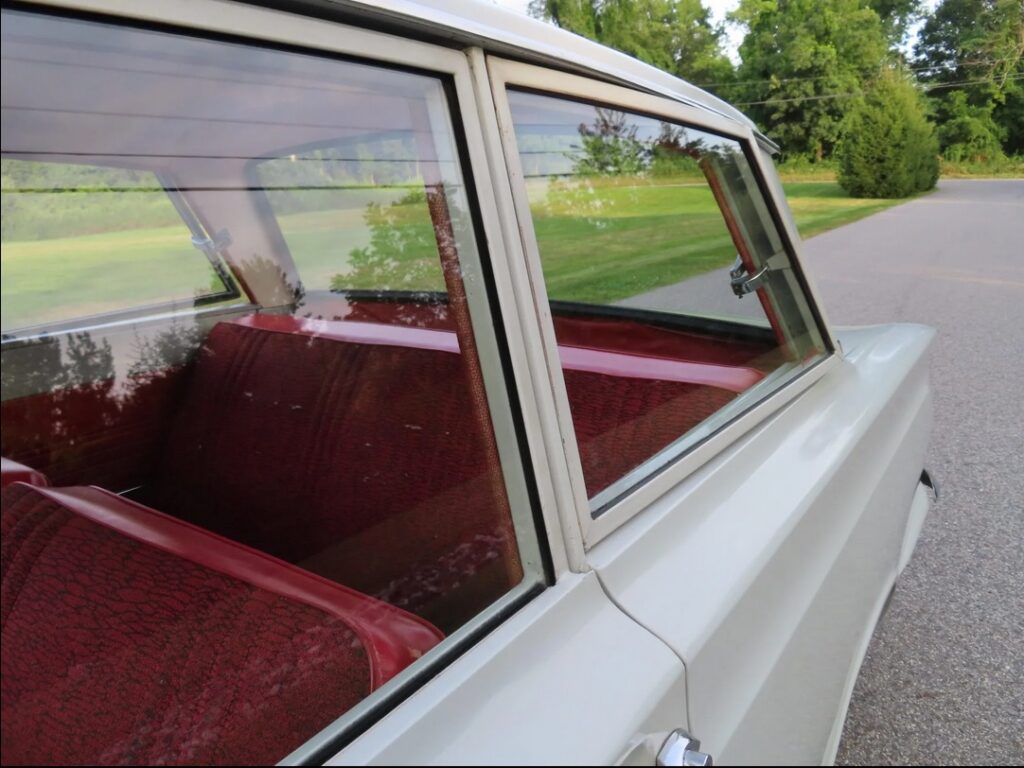
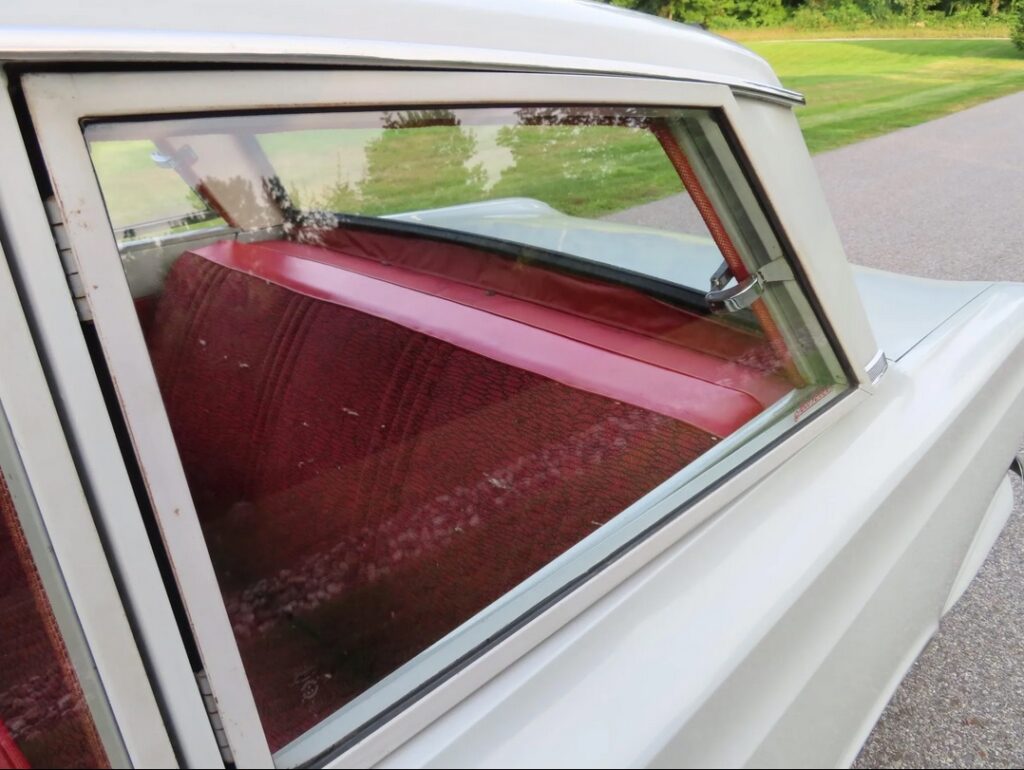
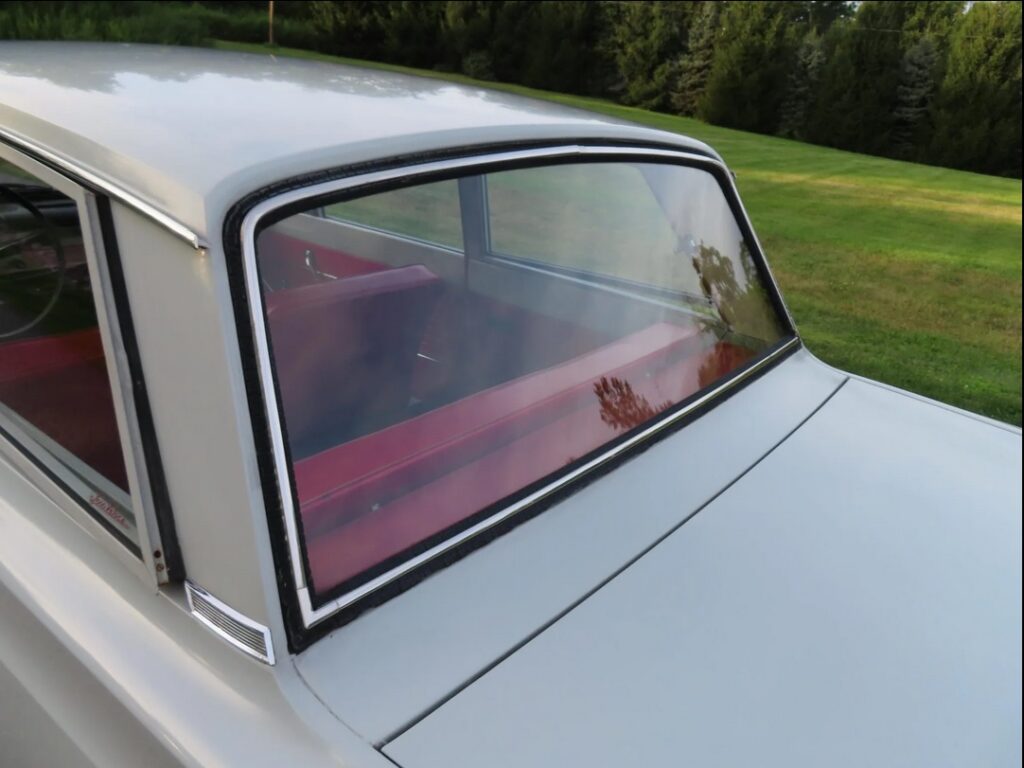
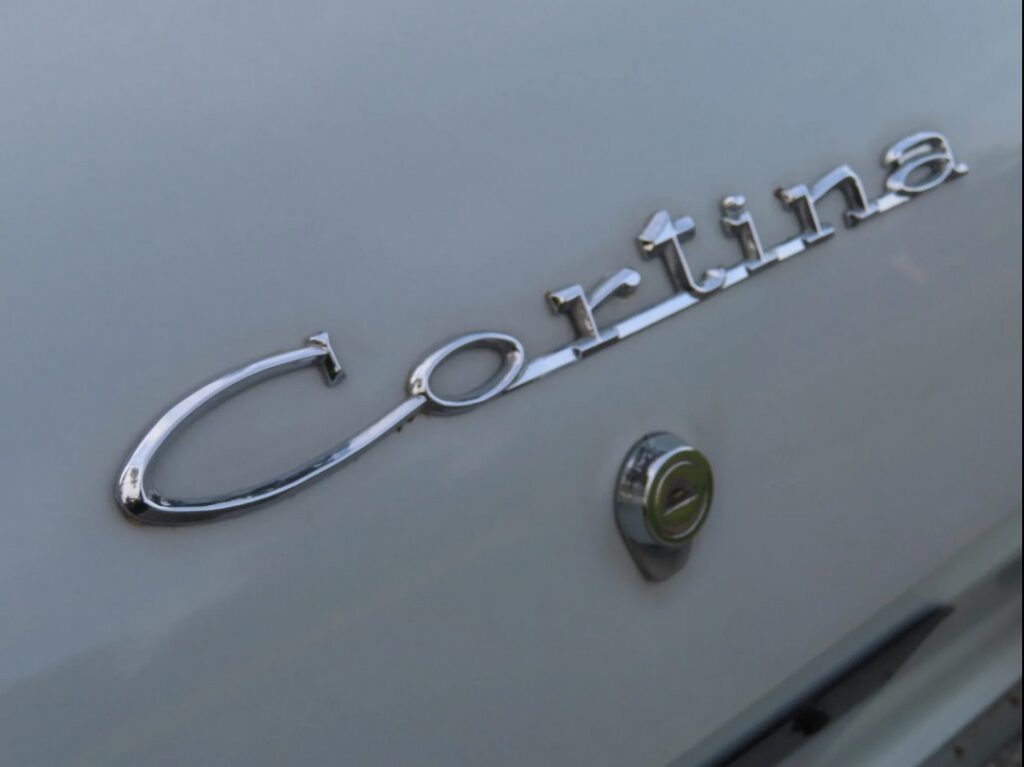
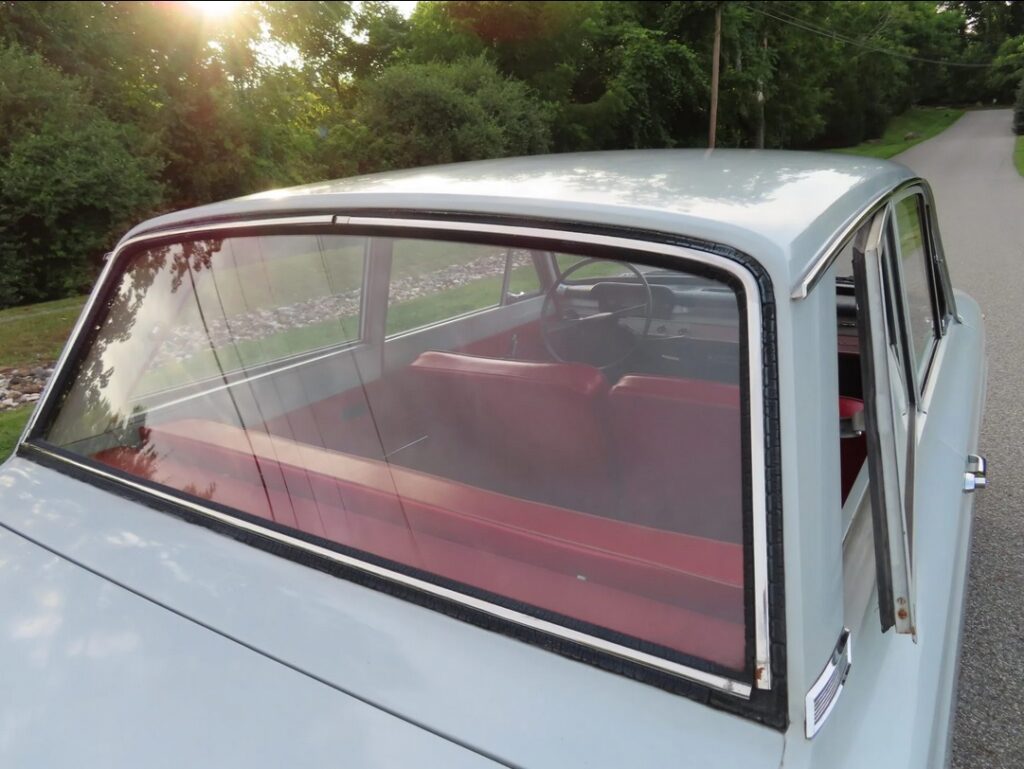
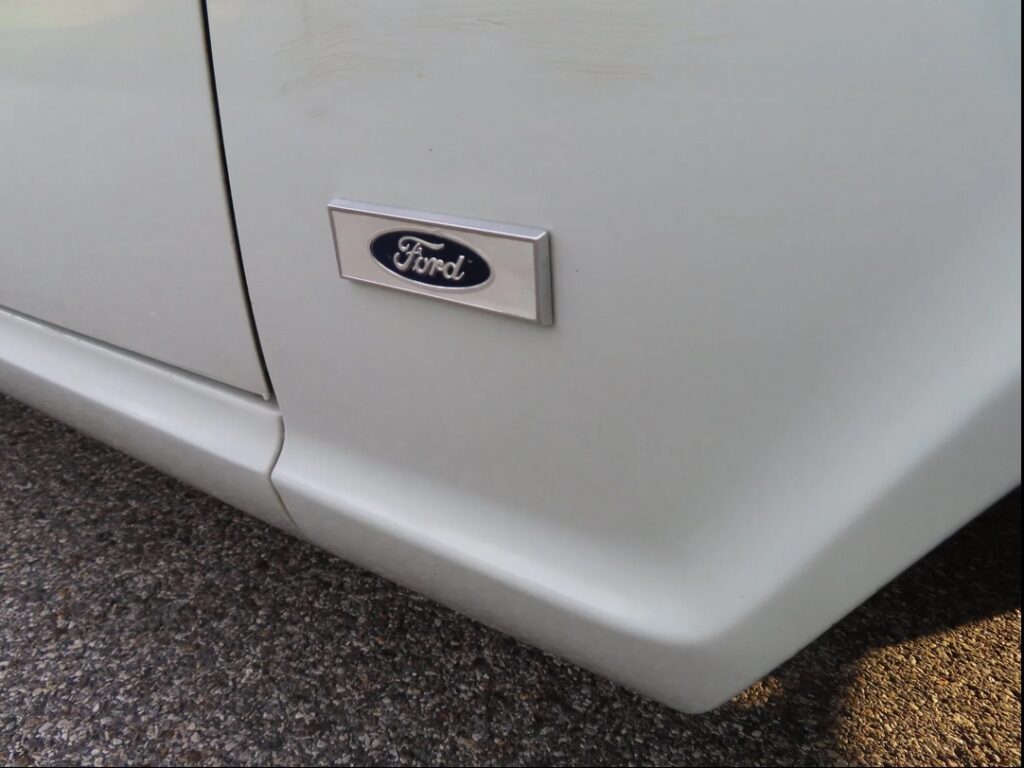
It is also offered as an automatic. Lotus partners with Ford to create a sporty Ford Lotus Cortina from 1963 through 1970. These spanned both Mark I and II.
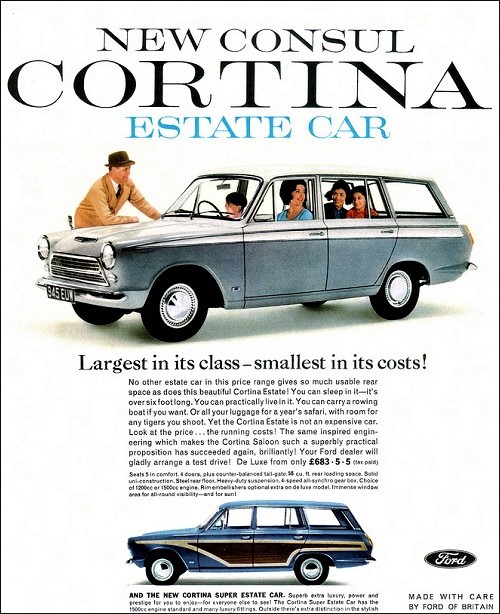
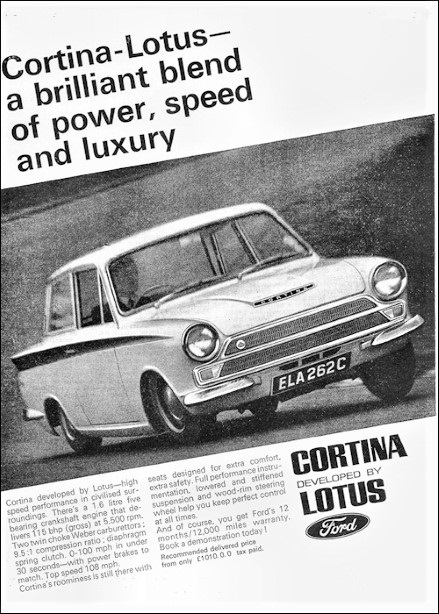
A link at the end of the post provides more technical information.
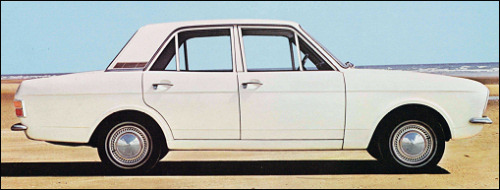
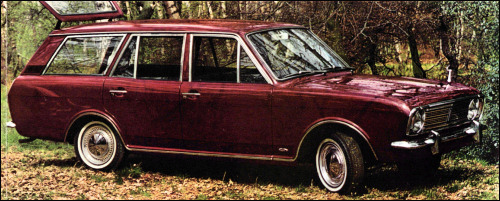
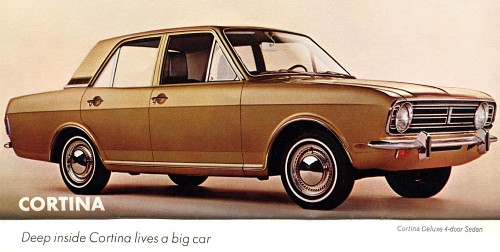
In 1967, the Cortina undergoes a major change. This is the Mark II, which for me, is the best looking of all the Cortinas. The Mark II design was retained until 1970.
Incidentally, by 1963 the “Consul” is dropped and it is known simply as the “Cortina” – a name that sticks with the model right up to its last rollout in 1982.
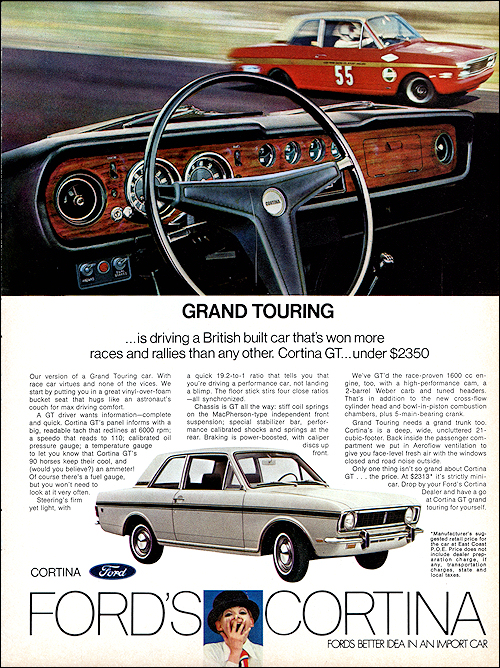
In the mid-60s, Ford Cortina is available in sporty GT and Deluxe versions as well. With this sporty version, the Cortina also becomes a fixture on the racing circuit.

In 1970, the Cortina goes through another major design change. This Cortina Mark III is the result of the coming together of the German and British Ford divisions. The design is radically different. Gone are the straight lines, and instead this Cortina adopts the American “coke bottle” look. Despite earlier intentions to change the name, the British decided to stick with Cortina. The German version also continues with the Taunus TC name.
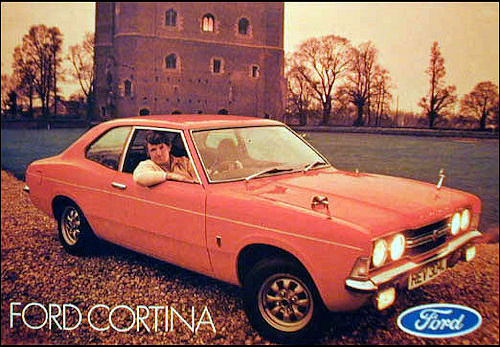
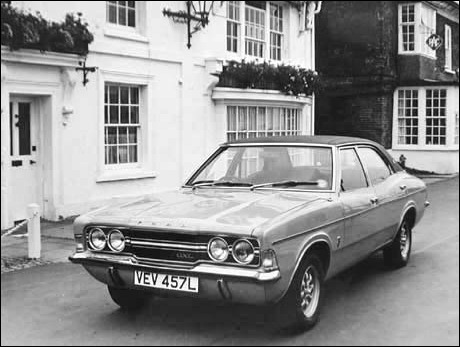
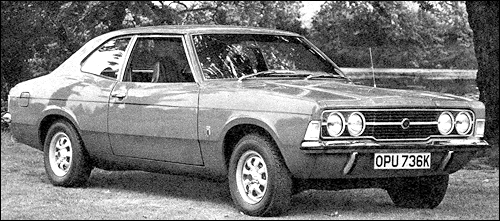
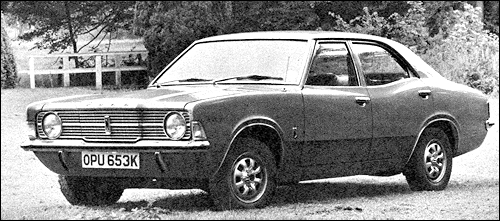
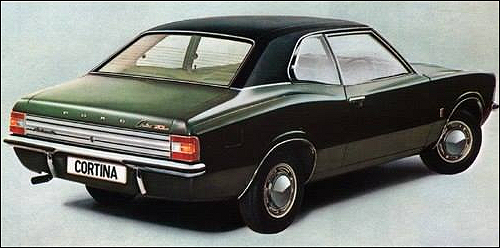
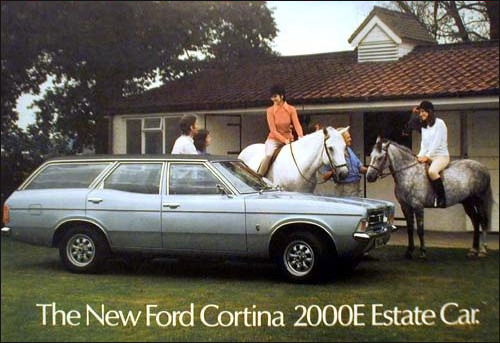
This Cortina Mark III is available in five different configurations. These include: the Base, L, XL, XLE, GT, and GXL.
With the release of the Cortina Mark III, Ford terminates the Corsair model. We’ll talk about the Corsair another time.
The mid-70s saw further changes to the Cortina look – the Mark IV. But, the Mark II remained my favorite. Anything after that lost my interest. I was already distracted by offerings from other manufacturers. The latest Cortina could not hold my attention as much.
This is what the Mark IV looked like. The curves were gone as the design veered back to a more “boxy” look. But not to the same extent as the Mark II.

The biggest advantage to this design is how it corrected a weakness of the Mark III: the visibility. Mechanically there were very few changes with this and the Mark III.

All good things eventually come to an end. Ford decided the Mark V would be the final version of the Cortina. hence, there was a very subtle face lift from the Mark IV. These design changes were primarily for aerodynamics and safety. There were, however, some changes in the motor.
While still a popular car in the UK, the competition was heating up as. Both the Cortina and it’s European sibling ceased production in 1982.
Ford decided on releasing other new models instead to deal with the new competitors.
As a kid, I was confused between the Mark I and II, as they were both referred to as a “Cortina.” Unaware of the concept of design updates and subtle name changes, I didn’t realize was appreciating the same car!
YouTube / callanrs2000
Combining Family and Sports genes, Ford had a winner in the Cortina.
The Ford Cortina – one of the most successful British Fords! We’ll check out more British and American Fords later. Feel free to share your views using the form below.
Affordable Fun: 1st Gen. Celica
Quick History of the Chevy Bel Air
Delahaye – The Lost French Icon
Thaps On The Cars of Our Lives